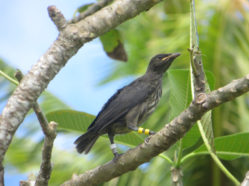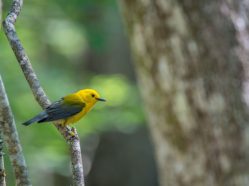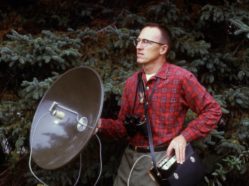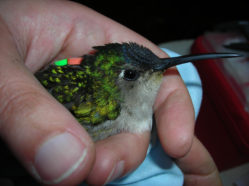Congratulations to the 2019 Student Presentation Award Winners
Every year, the American Ornithological Society bestows a range of Student Presentation Awards on students at all levels (undergraduate, masters, and doctoral) who present outstanding posters or oral presentations at the our annual meeting. With 120 students competing for awards at this year’s recent annual meeting in Anchorage, our 70-plus volunteer judges had their work cut out for them! …







